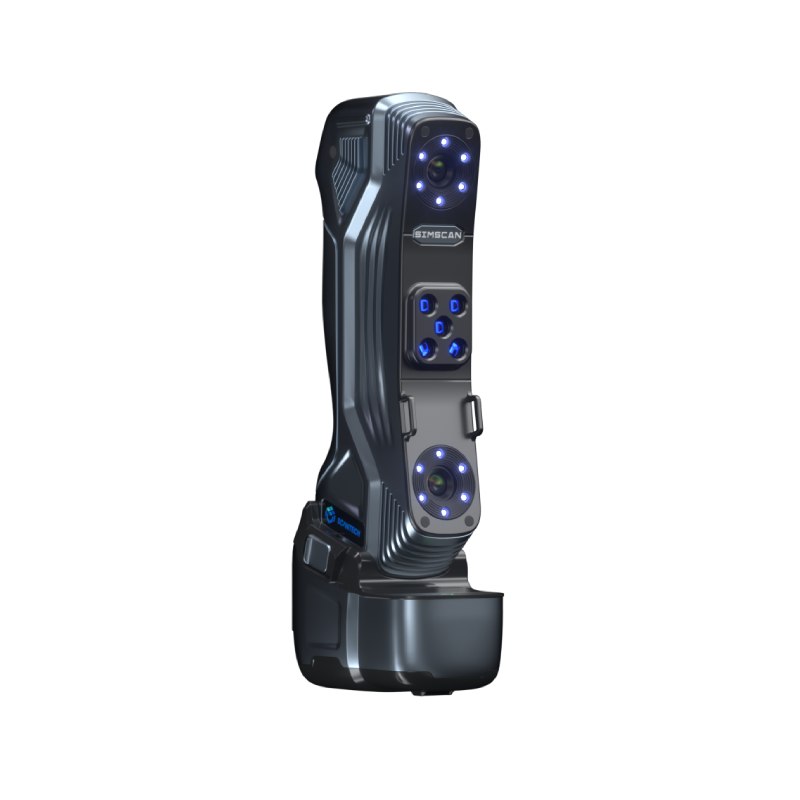There are mainly three types of drives such as belt drives, gear drives, and chain drives. Gear drive is one of the most widely used ways to transfer force and motion. It transfers shaft power from a driver like an engine, turbine, or motor to a driven piece of machinery through a mechanical system.
Worm drives are geared arrangements made up of worms (which are gears in the shape of screws) and worm wheels (which look like spur gears). They are also known as worm screws and worm gears.
The worm drive is widely used in machinery and related industries, including vehicle drive axle transmission; intersecting axis transmission of machine tools, automobiles, and tractors, as well as drives of rolling mills, mining machines, hoisting, and transportation equipment, etc.
Gears and worms, key components of transmission systems, feature complex shapes. It is challenging to manufacture these parts as they are demanding in dimensions and accuracy. Besides, it is imperative to assemble them precisely to ensure the transmission systems perform efficiently.
Manufacturers need to inspect the worm and gear produced to ensure their quality meets a certain set of criteria.
Once the deviations of the actual products and design drawings are obtained, they take corrective methods to improve the product. Therefore, the manufactured parts can meet the requirements in performance, reliability, and service life.
Challenges of Inspecting Gear and Worm
The profiles of the gear and worm are complex, and it is difficult to quickly and accurately measure dimensions such as helix angle, tooth width, and tooth thickness.
Traditional contact measurement methods such as caliper gauges and CMM are not efficient to capture the data of complex curves. Besides, they fail to capture the full-field data.
























 All Products
All Products 











 en
en 



















